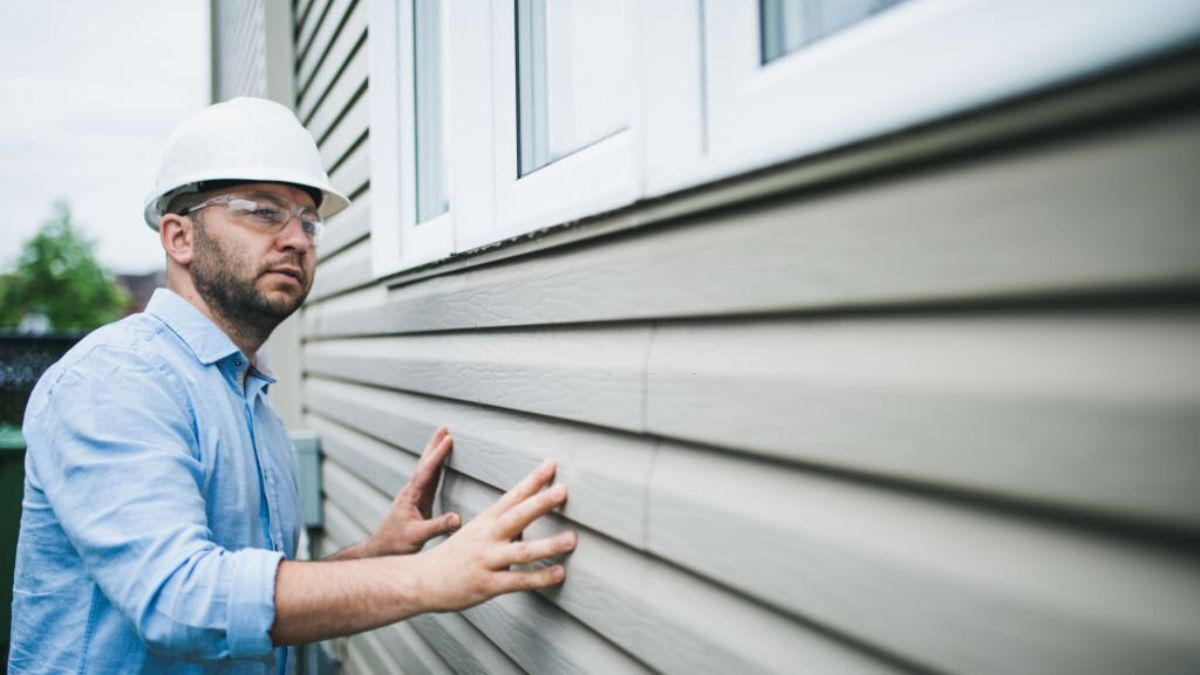
What is Snagging and De-Snagging in Apartments?
September 21, 2022 . Real-Estate Industry . 10 min readEveryone dreams of purchasing a luxury dwelling in which every need is anticipated and catered to by the building’s creator. Your property’s developer also makes certain that the building will have the highest possible construction quality, conveniences that meet international standards, a substantial amount of open space, a variety of unique plans, and other similar elements. Why would you ever think of something that’s called “snagging,” and what use does it serve in your brand-new apartment? In the following paragraphs, you will get all of the information necessary to understand why snagging is important.
What is snagging?
One would assume that a newly constructed house would be immaculate, but this is not always the case. Newly constructed homes are notorious for having flaws or “snags” that are the result of shoddy craftsmanship, despite the fact that they are advertised as being brand new.
Snagging refers to the process of inspecting a newly constructed home or apartment in order to locate flaws that the developer of the home is obligated to fix. During the snagging assessment, experts will look for anything that does not meet the high standards of craftsmanship, anything that is not finished according to the specifications, and anything that violates the building requirements.
It is your responsibility to inform the house builder of any flaws that you find in your home. The obligation then falls on your home builder to make the necessary corrections before the transaction is finalised. You are free to create your own list, but it is strongly advised that you use a qualified business to do it instead.
Why is snagging important?
It is essential to evaluate the state of your property with a critical eye, regardless of whether you are searching for potential investment properties or you are purchasing a new home. Inadequately fitting roofs or air leakage patches in your ceilings, floors, and walls are examples of flaws that, if left unaddressed, might lead to more major issues later on that would need greater financial investment and more effort to resolve.
With the Indian construction sector moving at such a breakneck rate, a growing number of new structures are being constructed without being inspected for defects. The consequences of hiring an inexperienced contractor may be just as severe in the long run.
Smaller problems, such as substandard woodwork or kitchen fixtures, are more likely to slip by building control than larger ones. As a result, snagging is a crucial step for any investor considering a new property, preferably before finalising a purchase or approving a construction project. That way, you won’t have to worry about fixing any issues by yourself.
Prioritising snagging activity while purchasing or creating new construction is a must. Snagging allows you to find and address any issues with the property before they become major issues, making your investment as safe as, well, homes.
What is de-snagging?
The last step in the snagging process is called “de-snagging,” and it involves making sure that all of the issues that were noted on the first snagging checklist have been addressed and that nothing was damaged throughout the repair process. When your builder says the snagging list items have been fixed, you should go to the house to make sure everything is as it should be.
The majority of reputable and well-established developers have a quality assurance team of licensed engineers. This team will conduct a comprehensive survey and inspection of each and every structural and operational element of your house, looking for even the smallest defect.
What will be observed during the inspection?
In order to guarantee that the standard of your facility matches the standards you were told to anticipate, a snagging inspection will thoroughly examine it for any and all flaws. Masonry, paint, foundation, storage facilities, sidewalks, courtyards, railings, ceiling, walls, grouting, window frames, entryways, ventilation ducts, electrical services, stairways, floor tiles, heating systems, cooling units, pipelines, kitchens, washroom, electrical items, toilet facilities, worktops, and wardrobes will all be inspected.
It checks for crack formation, damage to property, and high-quality finishes, decorative deformities in joinery, paint, and flooring, chips and scuffs in interfaces and glass, and that all types of equipment, plug connectors, illumination are functioning, taps and showerheads are not leaking, coatings are relatively flat and spotless, fittings are properly fitted and functioning right, and the windows and doors close and open appropriately.
What is the ideal time for snagging?
When your home is totally constructed, and you are ready to move in, but before it is considered legally complete and before you have transferred agreements with the property developer, a snagging inspection must be conducted. It gives the builder time to finish something before you settle in.
However, until you’ve officially moved in, your builder may deny you entry to your home. If that’s the scenario, a snagging inspection should be performed as quickly as possible after you take possession. You have two years from the date of completion to report any faults to the home builder, who has a legal obligation to rectify them as part of your contract.
Cost of a snagging survey
The snagging inspection is not free, but it will save you a lot of money in the long run. If you want to be sure you’re getting a good deal, it’s best to search about and compare prices. The cost of a snagging examination can vary from project to project and from property to property.
How realistic is it to do one’s own snagging inspection?
Checking it out on your own is an option, but a professional survey by far offers the best results. A competent snagging inspector will be able to see any flaws that an inexperienced observer would overlook. If you want to save money on a professional snagging survey, you might do your own assessment first and then contrast the results.
Conclusion
Snagging is a vital part of the construction process that should not be neglected when investing in or constructing new buildings. Snagging makes sure your investments are as solid as a building by allowing you to find and solve any issues with the building as soon as feasible.
Do you need help paying the down payment on a new house? Simply go to HomeCapital’s website to acquire a loan for up to fifty percent of your down payment. HomeCapital’s down payment loans do not incur any interest charges, and the company’s application procedure is completely digital and straightforward.



